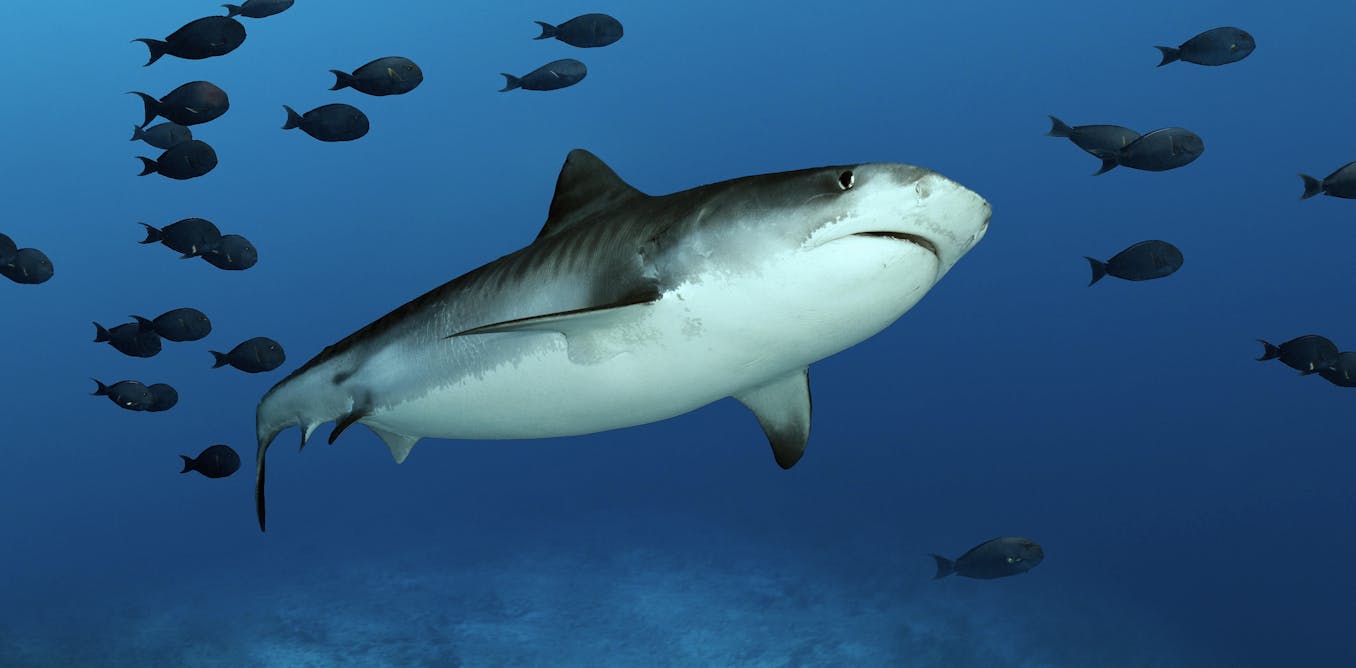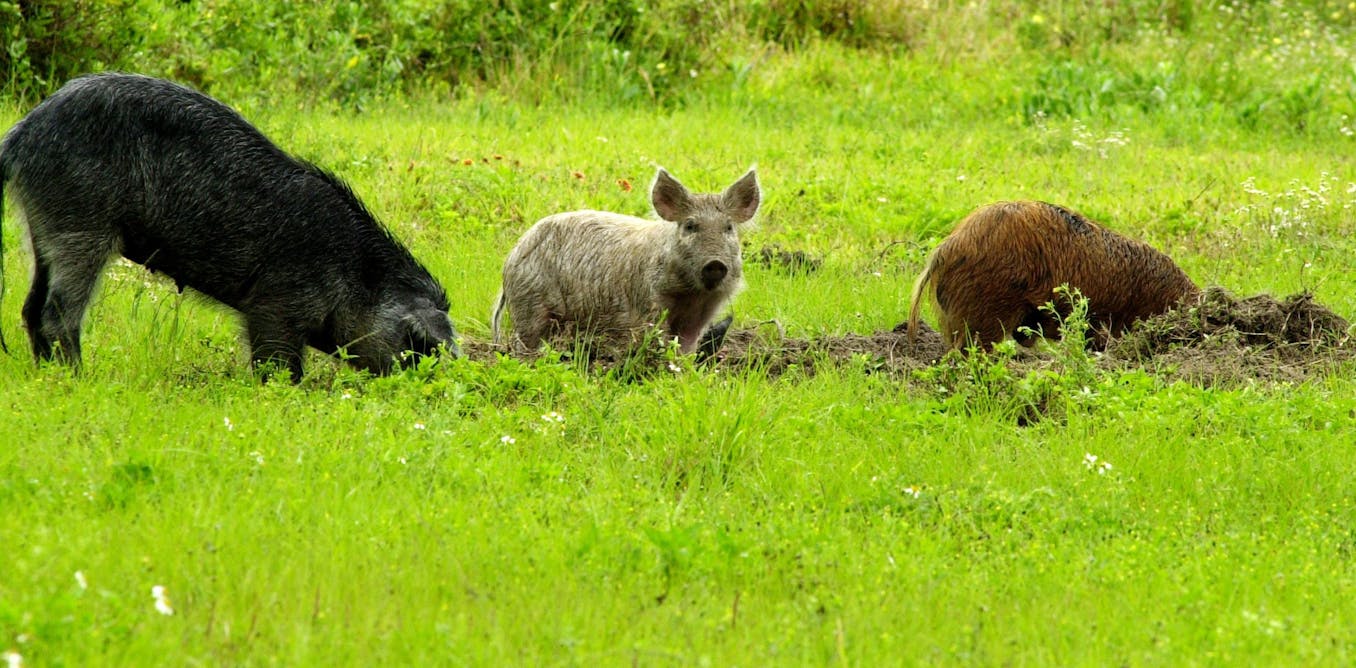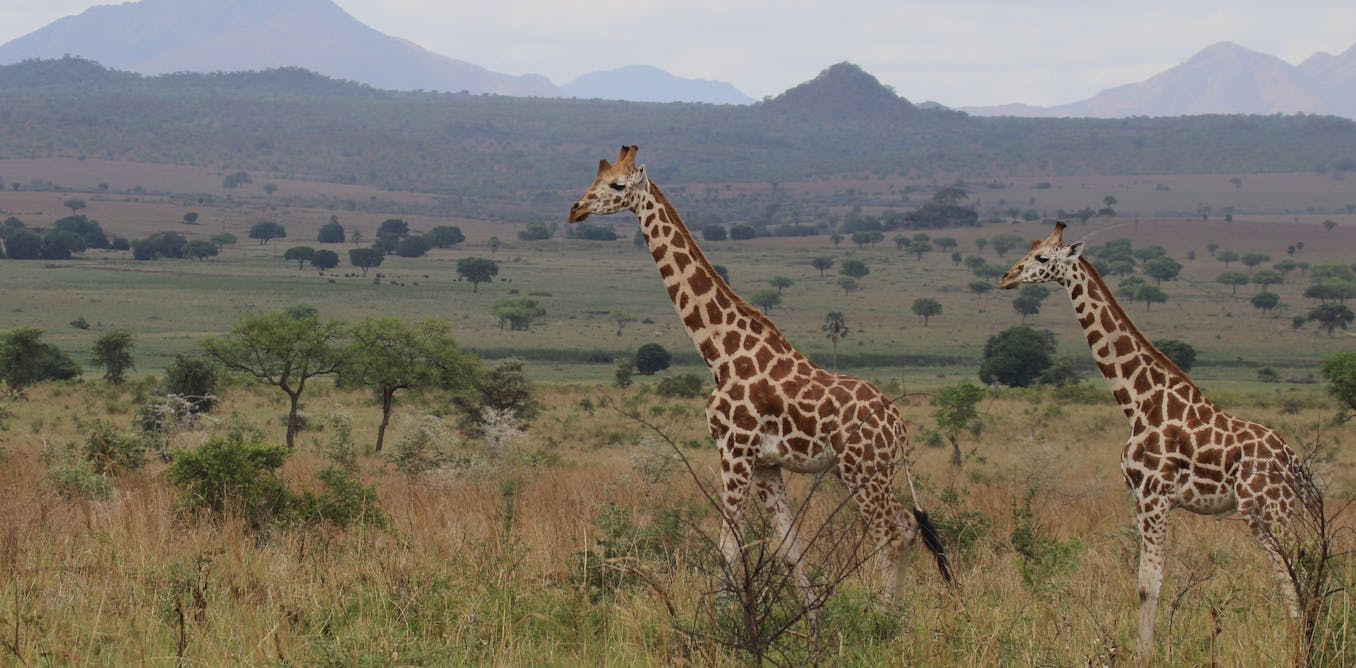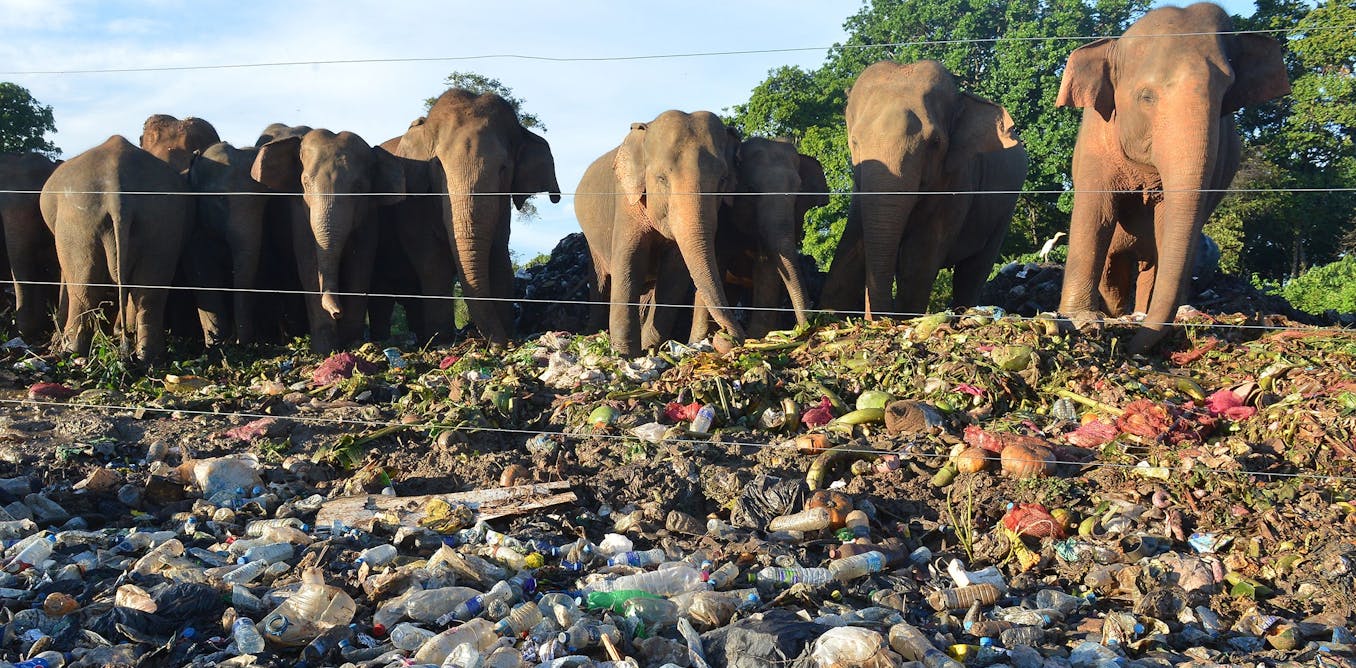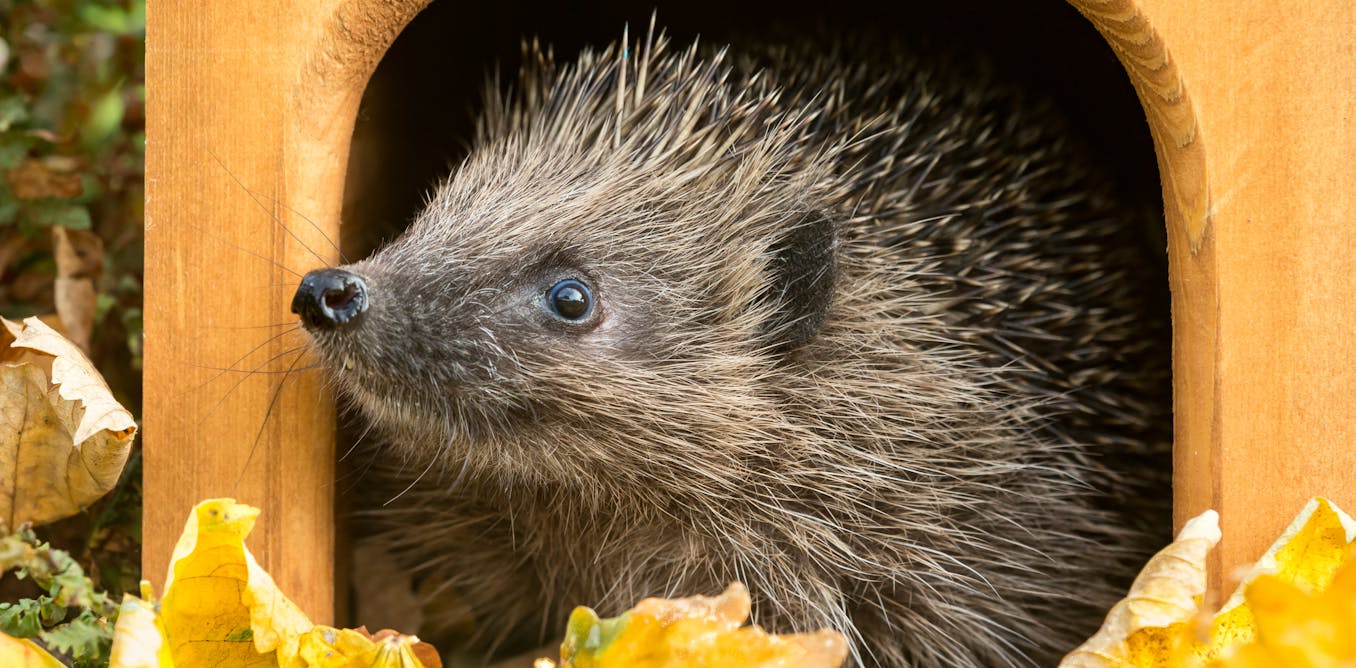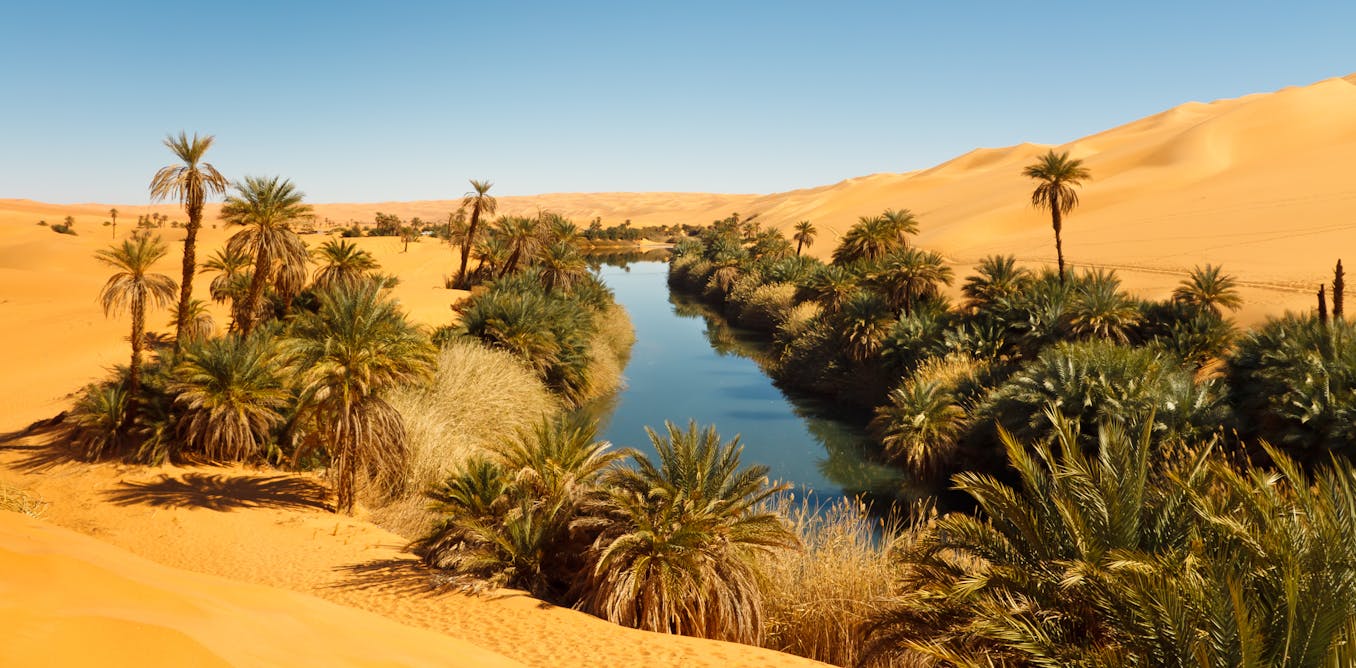To protect endangered sharks and rays, scientists are mapping these species' most important locations
A new initiative is pinpointing areas in the world’s oceans that are key habitats for sharks and their relatives, so that governments can consider protecting these areas.
Jan. 11, 2024 • ~8 min

